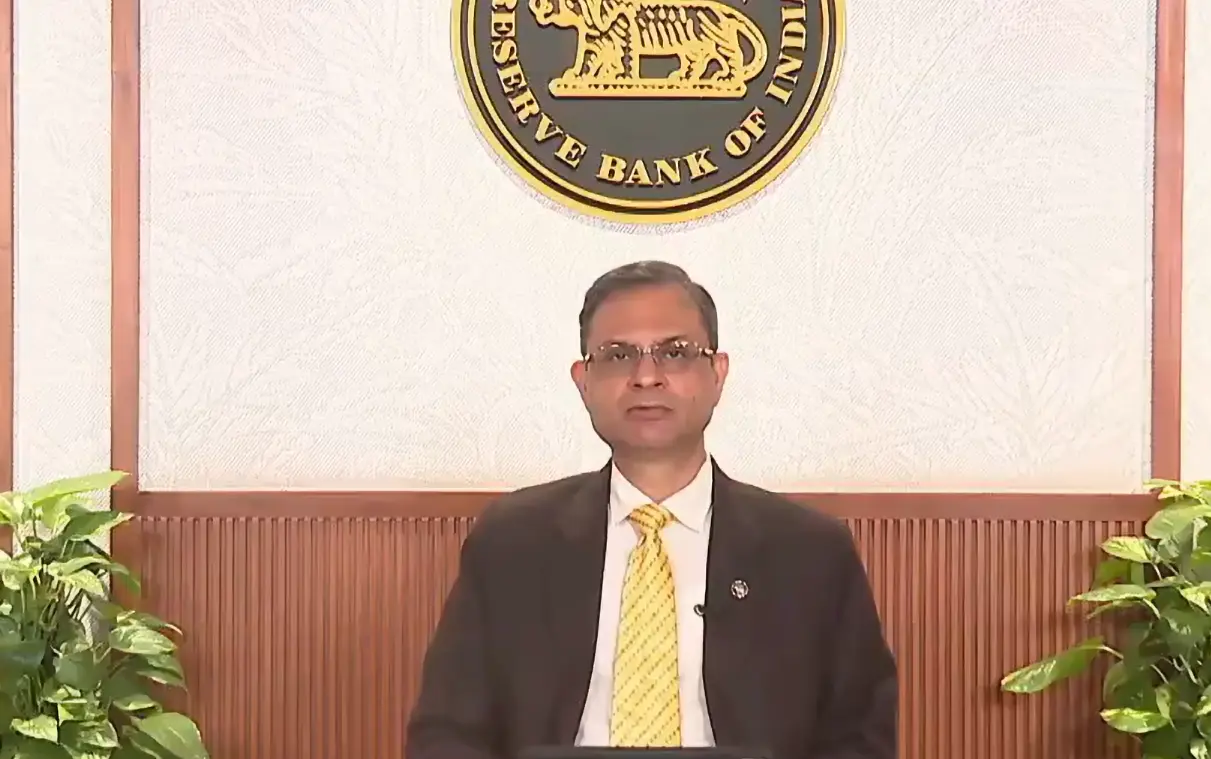
RBI’s 2025 policy holds repo rate steady, reforms liquidity tools, and targets inflation control. Governor Malhotra outlines a balanced strategy for economic resilience
RBI’s 2025 Policy Shift: Governor Malhotra’s Bold Steps to Balance Growth and Stability
Published on:
Author: Rapido Updates
A New Chapter in RBI’s Monetary Strategy
On October 1, 2025, RBI Governor Sanjay Malhotra delivered a landmark statement outlining the central bank’s monetary policy for the fourth bi-monthly meeting of FY26. The announcement came amid global economic uncertainty and domestic challenges, including inflation control and liquidity management. Governor Malhotra emphasized that the RBI’s primary goal remains to maintain price stability while supporting economic growth.
One of the key highlights was the decision to continue using the overnight Weighted Average Call Rate (WACR) as the operating target of monetary policy. This move ensures that short-term interbank lending rates remain aligned with the policy repo rate, promoting smoother transmission of monetary signals across the banking system.
Repo Rate Decision: Holding Steady Amid Global Pressures
Despite speculation about a rate cut, the RBI decided to hold the repo rate steady at its current level. This decision reflects a cautious approach, balancing the need to support growth with the imperative to keep inflation within the target range of 2%–6%. Governor Malhotra noted that while inflation has moderated, external factors such as President Trump’s trade tariffs have impacted India’s export-driven sectors, adding pressure on the rupee.
The RBI’s symmetric corridor system remains intact, with the Standing Deposit Facility (SDF) and Marginal Standing Facility (MSF) positioned 25 basis points below and above the repo rate, respectively. This corridor helps manage short-term liquidity and ensures orderly evolution of money market rates.
Liquidity Management Gets a Makeover
In a significant shift, the RBI announced changes to its Liquidity Management Framework. The central bank will discontinue the 14-day Variable Rate Repo (VRR) and Variable Rate Reverse Repo (VRRR) operations as the main tools for managing short-term liquidity. Instead, it will rely on 7-day VRR/VRRR operations and other short-term instruments based on the system’s liquidity needs.
This reform follows recommendations from the Internal Working Group (IWG) and public feedback. The goal is to make liquidity operations more flexible and responsive to market conditions. Governor Malhotra assured that the RBI will continue to monitor other overnight money market segments to ensure stability and effective transmission.
Inflation Outlook and Economic Growth
India’s inflation has remained near the lower end of the RBI’s target range, offering some relief to consumers and businesses. However, Governor Malhotra warned that global uncertainties, including geopolitical tensions and trade disruptions, could pose risks to price stability. The RBI will remain vigilant and ready to act if inflationary pressures rise.
On the growth front, the central bank expects a moderate recovery, supported by domestic consumption and infrastructure spending. However, the impact of global tariffs and currency fluctuations could dampen exports and investment. The RBI’s policy stance aims to provide a stable environment for growth while safeguarding macroeconomic fundamentals.
What This Means for You: Loans, Savings, and Investments
For everyday citizens, the RBI’s policy decision has direct implications. Since the repo rate remains unchanged, loan interest rates are likely to stay stable in the short term. This is good news for borrowers, especially those with home or personal loans linked to external benchmarks.
On the savings side, fixed deposit rates may not see significant changes. However, investors should keep an eye on bond yields and equity markets, which often react to monetary policy signals. The RBI’s commitment to liquidity and inflation control provides a reassuring backdrop for long-term financial planning.
Governor Malhotra’s statement reflects a careful balancing act—supporting growth without compromising stability. As India navigates a complex global landscape, the RBI’s steady hand will be crucial in guiding the economy forward.